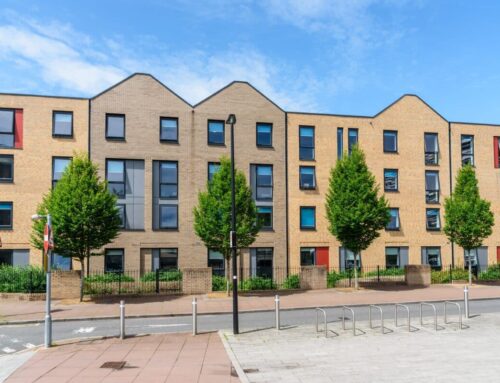Block in a Box provides solutions for Leaseholders looking to extend their lease.
Lease extensions can be costly and sometimes complex. Choosing the right team to undertake the process is essential. Here we’ll guide you through who needs to be involved and what to look out for when making your selections.
Do I need professional assistance?
There are two routes to a lease extension- the formal route with the help of professionals and the informal route where you handle things yourself and negotiate with the ‘competent landlord’ directly.
Starting the process via the informal route may save time and money if an agreement can be easily reached (as you’ll only need to pay your legal and valuation costs) but, this may well turn out to be a false economy. If negotiations fail, the formal route will be required to take the case to Tribunal anyway and, even if an agreement can be made, you may pay thousands more for the extension than you should. The informal route also gives the freeholder the opportunity to make changes to the small print of the agreement such as ground rent rises and may result in your lease being ‘topped up’ to just 99 or 125 years.
We would strongly advise taking the formal route as you and the competent landlord are then bound to follow a legal procedure that offers more protection to you as the leaseholder and ensures that the freeholder must stick to certain timescales. Your ground rent is reduced to nothing, and the formal route will also give you the right to extend your existing lease by 90 years.
Which professionals are needed when taking the formal route?
Before embarking on your lease extension, you’ll need to identify your team which will be comprised of:
- Solicitor
- Valuer
- Barrister (in complex cases)
It’s essential that your solicitor and valuer have proven expertise in leasehold enfranchisement and that they can work well together in a team effort to achieve the best outcome.
The role of the Solicitor
The solicitor will handle all of the below for you:
- Check whether the lessee is a qualifying lessee
- Draft the Notice and serve it upon the competent landlord (usually the freeholder) and any intermediate landlord
- Deduce title and pay the statutory deposit to the competent landlord’s solicitor
- Make access arrangements for the valuer acting for the landlord and any intermediate landlord
- Receive the counter notice and send a copy to the appointed valuer
- Arrange for the valuers to open negotiation
- Apply to the First-Tier Tribunal not less than two months and not more than six months from the date that the counter notice is served (this will protect the Notice and ensure that it is not deemed withdrawn)
- Negotiate the terms of the new lease with the competent landlord’s solicitor and agree the costs that are recoverable from the lessee on completion of the lease extension
The role of the Valuer
The valuer will inspect the flat and provide the lessee with a valuation report, setting out the likely cost of the lease extension. They should also advise on the premium to be inserted into the Notice, which will be generally 15-20% below the valuation before negotiating with the competent landlord’s valuer once the counter notice has been served.
The valuer will represent the lessee at the First-Tier Tribunal if a mutually acceptable premium can’t be agreed.
Head to the Block in a Box website for the services and solutions we offer such as Manage Your Block and more about Block in a Box– services and solutions specifically designed to make the lives of RMC directors simpler and easier or call us on 03330 154 145.







Leave A Comment